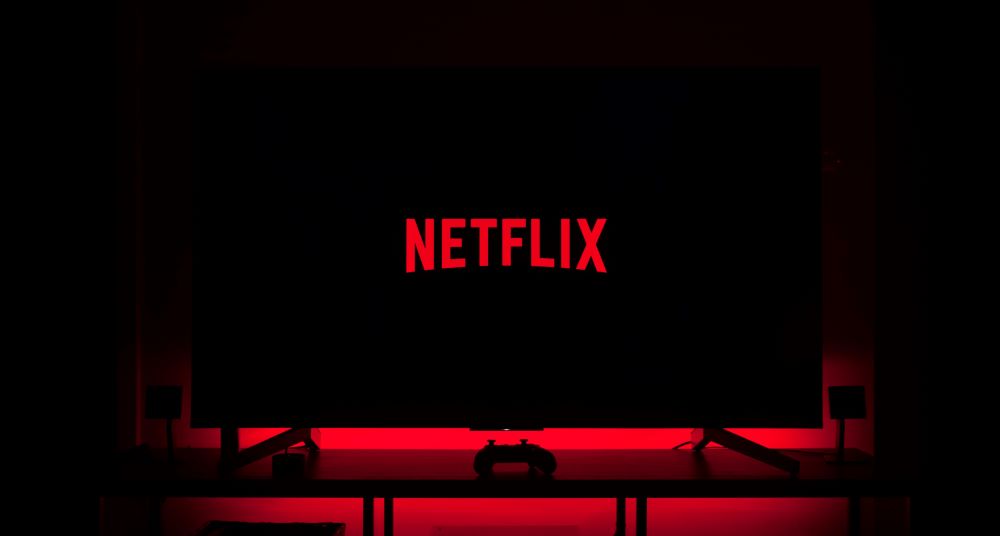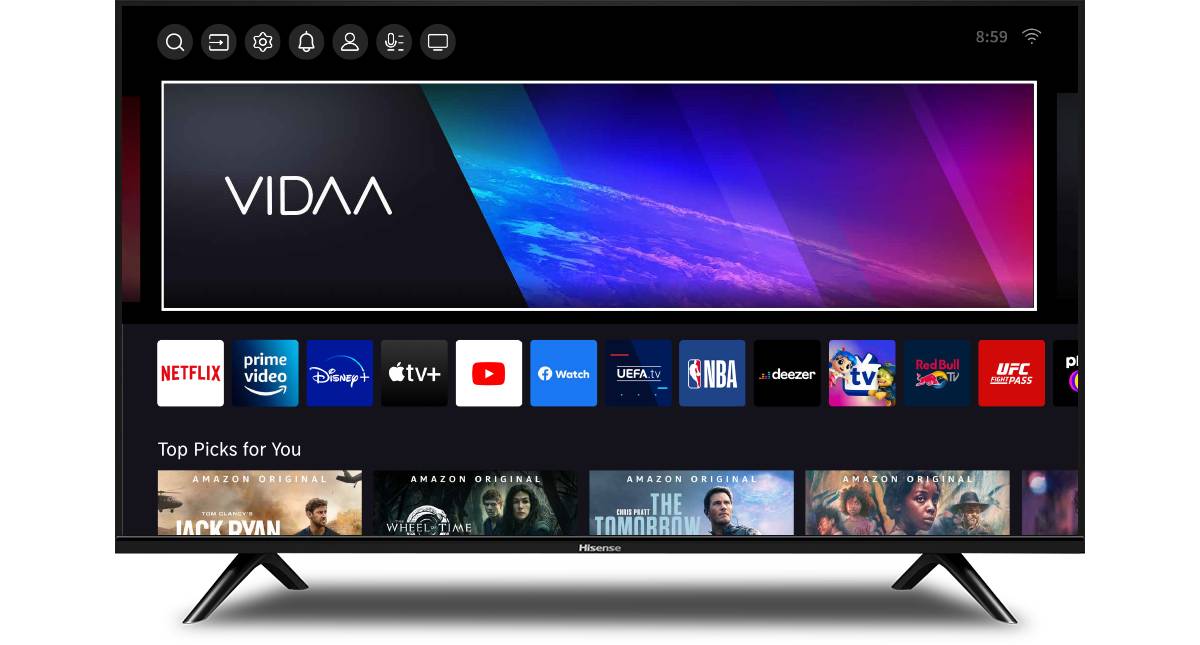Netflix’s new rules around password sharing have prompted 9 percent of UK users to stop watching the streaming giant’s content altogether, according to exclusive research commissioned by VideoWeek in partnership with Opinium.
The research assessed the impact of Netflix’s new password sharing policy, whereby subscribers can pay to add additional members to their accounts. The cost of doing so in the UK is the same as signing up for the ad-supported tier, suggesting the company hoped to encourage password sharers to sign up for the AVOD plan – which Netflix says delivers higher average revenue per user (ARPU) than the basic ad-free tier.
The results show the crackdown has not yet had the desired effect, with the rule changes prompting just 3 percent of Netflix users to sign up for their own accounts. Not only is this “bad news for Netflix’s bank account,” Opinium noted that the same amount of users have pirated content as a result of the password crackdown. The data highlights that younger people are more affected by the policy.
Key findings from the research include:
- 9 percent of Netflix users say they have stopped watching Netflix content because of the password sharing crackdown
- Younger viewers are more likely (15 percent) to stop watching Netflix content as a result
- 3 percent have signed up for their own Netflix account, rising to 6 percent among 18-34s
- 3 percent have pirated content due to the new rules, rising to 5 percent among younger viewers
- 3 percent have officially been added to someone else’s account
- 13 percent of Netflix subscribers are on the ad-supported tier
- 1.7 percent of ad tier members downgraded from a premium plan
Muted
The research also found that the ad-supported tier is struggling to gain traction in the UK. The nationally representative survey revealed that 13 percent of Netflix subscribers are on the Basic with Ads plan, 1.7 percent of whom downgraded from an ad-free package.
Netflix remains the most popular streaming service (level with Amazon Prime Video), reaching 45 percent of the UK population – and 13 percent of that subscriber base represents a sizeable audience for advertisers. But Kantar research from January had the proportion of ad tier signups closer to 20 percent (with 4 percent downgrading from premium packages), suggesting the plan is not progressing at the pace Netflix expected – or indeed claims. Last month the company said 25 percent of new subscribers opt for Basic with Ads where available, but Opinium’s data implies UK adoption could be half that figure.
“Our research shows Netflix’s clampdown on password sharing may well be backfiring,” said Phil Smith, Senior Research Executive at Opinium. “Three times as many people affected have stopped consuming their content, as opposed to taking out a new paid account. Couple that with a low uptake of the ad-supported tier and dwindling interest in Netflix’s own content, and there are still difficult times ahead for the streamer.”
The streamer’s gambit
That said, the password policy appears to be more effective in the US. According to Antenna, the four days after the new rules came into force saw the company’s largest user acquisition in over four years. Antenna data also indicates that the ad tier is more popular in the US, accounting for around 20 percent of signups. The research firm additionally found that US streaming subscribers have a stronger appetite for ad-supported services generally, with 58 percent paying for at least one AVOD subscription.
In the UK, 9 percent of Netflix customers who changed their plan said they did so because they don’t mind watching adverts. Unsurprisingly the most common reason was to save money (39 percent), followed by their watching Netflix less (25 percent). Younger customers are more likely to change their Netflix plan, with 42 percent of subscribers aged 18-34 reporting to have swapped tiers, demonstrating that offering different pricing options can help retain cost-conscious consumers.
“Netflix is still the streaming service with the largest reach, with more than four times as many subscribers as their newer competitors Apple TV+ and Paramount +,” said Smith. “So there’s room for optimism if they can navigate this issue successfully.”





